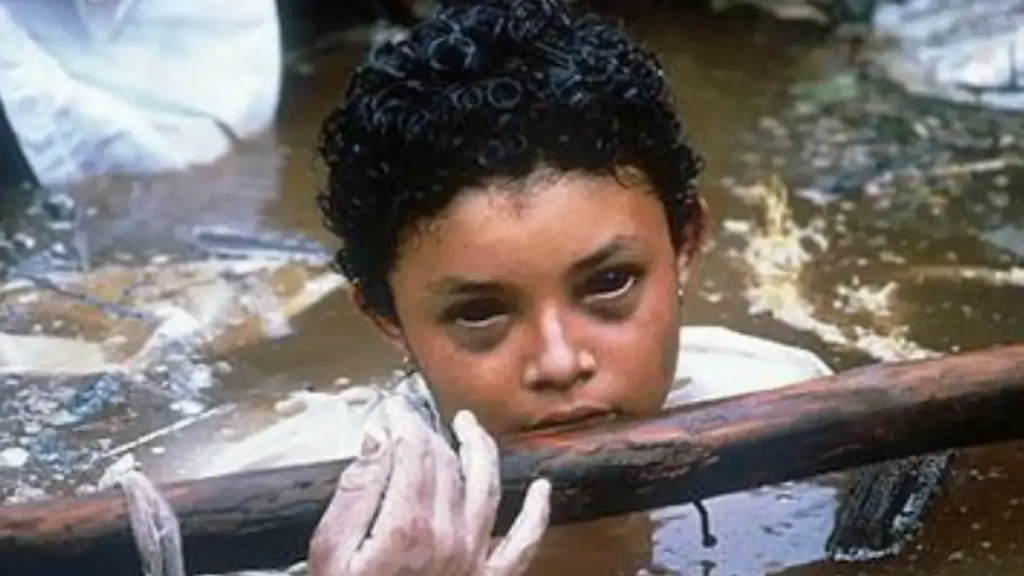The haunting image of Omayra Sánchez Garzón, a 13-year-old girl trapped neck-deep in muddy water after the 1985 eruption of Nevado del Ruiz in Colombia, is widely regarded as one of the most heartbreaking photographs ever taken. Captured by French photojournalist Frank Fournier, the image shows the young girl’s face filled with pain, confusion, and an eerie calmness as she faced her inevitable death.
Despite the overwhelming emotional impact of the photograph, Fournier faced severe backlash for choosing to document Omayra’s final moments instead of attempting to save her. Now, decades later, he reveals why he made that difficult decision, shedding light on the tragic circumstances surrounding the photo and the moral dilemma he faced.
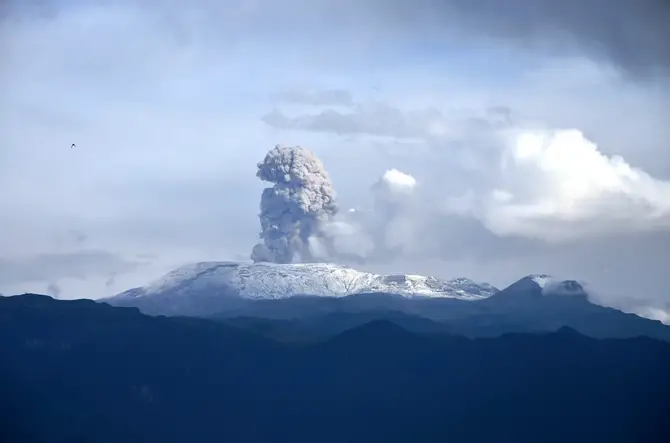
The Unimaginable Tragedy of Nevado del Ruiz Eruption
The catastrophe began on November 13, 1985, when Nevado del Ruiz, a volcano that had remained dormant for 69 years, erupted violently. The eruption itself was not massive, but the heat generated by the volcanic activity melted the glacier cap atop the mountain. This triggered devastating mudflows, known as lahars, that raced down the slopes at terrifying speeds of up to 30 mph.
The deadly mixture of volcanic debris, mud, water, and rock swept through the valley, engulfing the town of Armero and burying its 29,000 residents under a thick layer of mud and rubble. Tragically, the Colombian government had been warned of the volcanic activity two months prior but failed to evacuate the town. The lack of preparation resulted in one of the deadliest natural disasters in Colombia’s history, with a death toll estimated between 23,000 and 25,000 people.
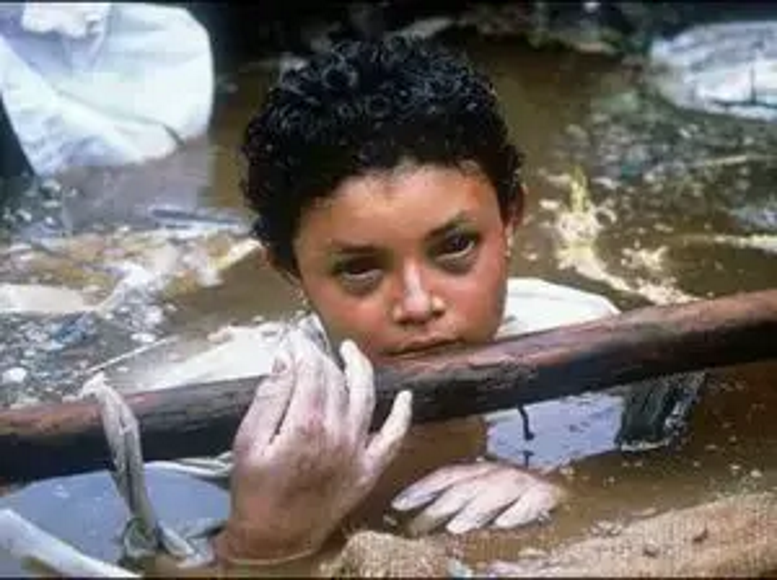
The Harrowing Plight of Omayra Sánchez
Amidst the chaos and destruction, 13-year-old Omayra Sánchez found herself trapped under the debris of her home. Pinned down by the body of her aunt and encased in a pool of icy, muddy water, she was unable to move. Her cries for help echoed through the ruins as firefighters, volunteers, and journalists, including Frank Fournier, gathered around her, helplessly witnessing her struggle.
For 60 agonizing hours, Omayra remained trapped, courageously facing her impending death with dignity. Rescuers tried desperately to free her, even considering the possibility of amputating her legs. However, they lacked the necessary medical equipment, and the muddy conditions made it impossible to help her without risking their own lives.
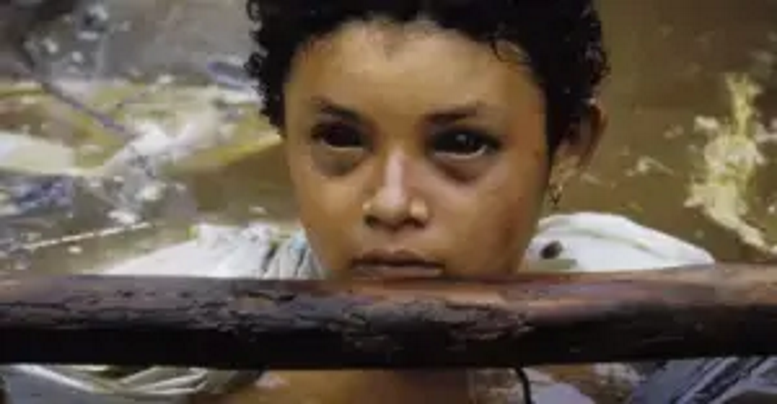
Capturing the Moment: Frank Fournier’s Moral Dilemma
As a seasoned photojournalist, Frank Fournier was there to document the devastation. He sat by Omayra’s side, listening to her cries, comforting her, and watching her drift between hope and despair. When he raised his camera and captured the haunting image, he knew it would be controversial. The photo, which shows Omayra with bloodshot eyes and her hands gripping a piece of wood for support, became an emblem of the tragedy and won the World Press Photo of the Year award in 1986.
But Fournier faced harsh criticism for taking the picture instead of trying to save her. People accused him of being a “vulture” who exploited a dying child for professional gain. The backlash was intense, and the ethical debate surrounding the role of photojournalists in tragic situations reached new heights.
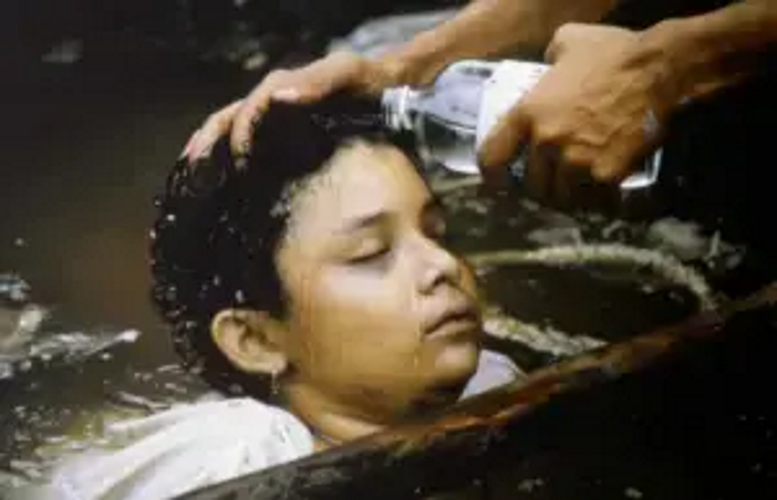
Defending His Decision: A Voice of Compassion and Responsibility
Frank Fournier did not take the criticism lightly. He understood the emotional response but maintained that his role as a photojournalist was to document the truth, no matter how painful. In an interview with the BBC, he explained, “I felt totally powerless in front of this little girl, who was facing death with courage and dignity. She could sense that her life was going.”
He continued, “I felt that the only thing I could do was to report properly on the courage, suffering, and dignity of this little girl and hope it would mobilize people to help the ones who were rescued and saved.” Fournier’s intention was not to exploit Omayra’s suffering but to bring global attention to the devastating consequences of the disaster.
